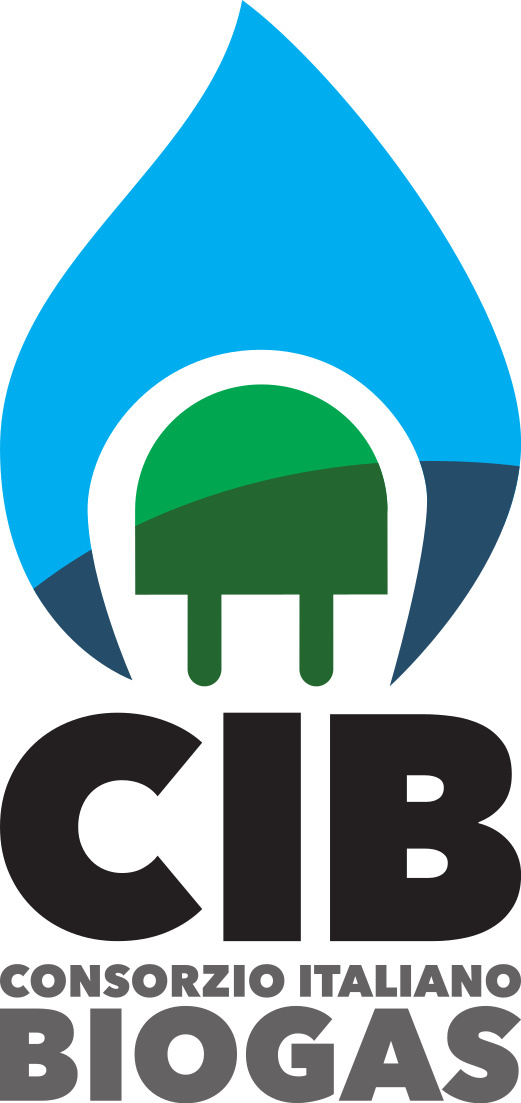Membrane Filtration Plants
29 Membranes filtration technology is based on their ability to separate organic substances, viruses and bacteria, salts from aqueous solutions at room temperature. The liquid that passes through the membrane is called permeate (or filtrate) while the liquid containing the removed constituents is called retentate (or concentrate).
Membrane filtration technology is used for:
- Primary water treatment;
- Treatment of wastewater
Based on the plant’s specific application, there can be used different types of membranes to ensure the good final result of the process:
- Spiral
In which the flow of both permeate and concentrate follows a spiral path; - Tubular
Used to treat wastewater characterized by high concentrations of suspended solids; - Hollow fibers
Consisting of bundles of hollow fibers inserted inside a suitable housing to withstand the applied pressures; - Plates
Consisting of a series of flat membranes and support plates where the liquid to be filtered passes through the channel formed between two adjacent plates.
Another distinction is made according to the required filtration’s level:
- Microfiltration (0.05 – 10 µm)
Working at low pressure used separation of colloids and suspended solids; - Ultrafiltration (0.005 – 0.1 µm)
Used to separate suspended solids and organic solutes with a molecular weight > 1000 from the final aqueous phase where low molecular weight organic solutes and dissolved salts remain present; - Nanofiltration (0.001 – 0.01 µm)
Used for color removal and partial demineralization (removal of bivalent ions) - Reverse osmosis (<0.001 µm)
Used for the production of demineralized water.
ELECTRODIALYSIS (EDI)
For some specific industries, very high final quality standards are required in the treatment of primary groundwater or mains water (Ultrapure water). In this case, an electrodialysis (EDI) section is provided downstream of the primary filtration plant.
In the process of electrodialysis, the separation of ions present in solution takes place through electrolytic cells separated from each other with semipermeable membranes where, by imposing a potential difference, the migration of anions (negative ions) to the positive pole, and inversely, of cations (positive ions) to the negative pole, is achieved.
The demineralized water thus produced has an electrical conductivity <0.1μS/cm.
Membrane filtration plants can be used individually or in combination with other technologies for primary water treatment or wastewater treatment of the following industries:


